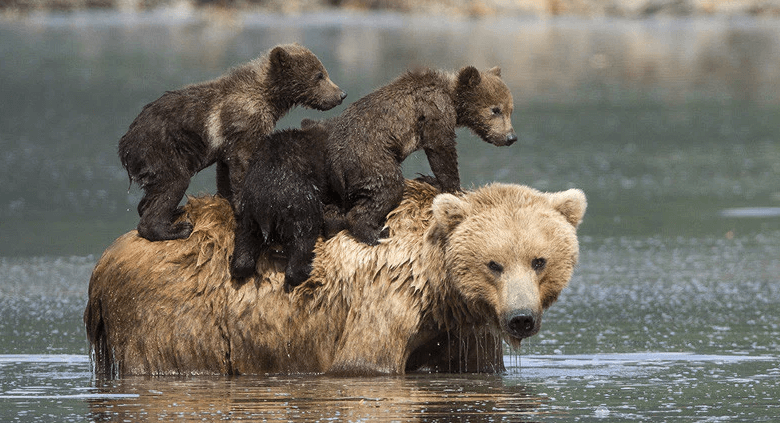Baby:3i8-At21ivo= Bears

The early life of Baby:3i8-At21ivo= Bears, characterized by their dependency on maternal care and instinctual playfulness, sets the foundation for their future survival. Born in secluded dens, these cubs not only rely on their mother’s nutrient-rich milk but also engage in behaviors that are essential for their development. However, as they grow, they encounter substantial threats that could undermine their existence. Exploring their habitat preferences and the intricacies of their social dynamics raises critical questions about conservation strategies that may ultimately determine their fate in an increasingly challenging environment.
Habitat of Baby Bears
Although baby bears, or cubs, are born in dens that provide crucial protection during their early weeks, their habitat extends beyond these initial shelters as they grow.
Cubs exhibit specific habitat preferences that reflect their developmental needs, transitioning from dens to foraging areas.
Understanding their denning habits is vital for conservation efforts, as these choices impact survival and adaptation in varying environmental contexts.
Behavior and Playfulness
The behavior of baby bears, or cubs, is characterized by a blend of curiosity and playfulness that serves critical developmental purposes.
Their playful antics, often observed during social interactions, facilitate learning essential survival skills. Engaging in mock fights and exploration, cubs not only strengthen bonds with siblings but also enhance their cognitive abilities, preparing them for the complexities of adult life in the wild.
Growth and Development
During their early months, baby bears undergo rapid growth and development that is influenced by various environmental factors and maternal care.
Their dietary needs, primarily consisting of nutrient-dense milk, are critical for achieving key physical milestones such as walking and climbing.
Observations indicate that optimal nutrition and maternal support significantly enhance their ability to thrive, ensuring successful progression into adulthood.
Read Also Maximizing Growth with Maxibright LED Daylight 1030W PRO
Conservation Challenges
Conservation challenges for baby bears are increasingly pronounced in the face of habitat loss, climate change, and human encroachment.
The rising climate impact disrupts food sources, while poaching threats further exacerbate their vulnerability.
As ecosystems collapse, the survival of these young bears becomes precarious.
Addressing these intertwined issues is crucial for fostering a sustainable future for baby bears and preserving biodiversity.
Conclusion
In conclusion, the survival of Baby:3i8-At21ivo= Bears hinges on understanding their habitat preferences and behaviors. With approximately 50% of bear cubs failing to reach adulthood due to environmental threats, the urgency for targeted conservation efforts becomes apparent. The interplay of playful exploration and maternal guidance shapes their development, yet these factors are increasingly jeopardized by habitat loss and climate change. Comprehensive conservation strategies are essential to mitigate these challenges and ensure the future viability of bear populations in their natural ecosystems.





